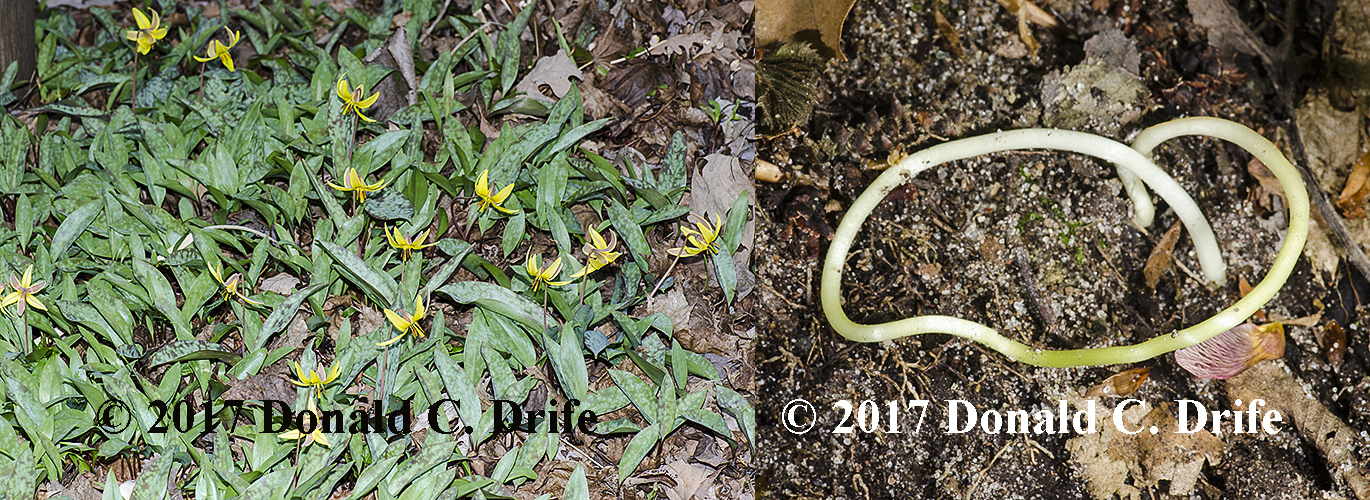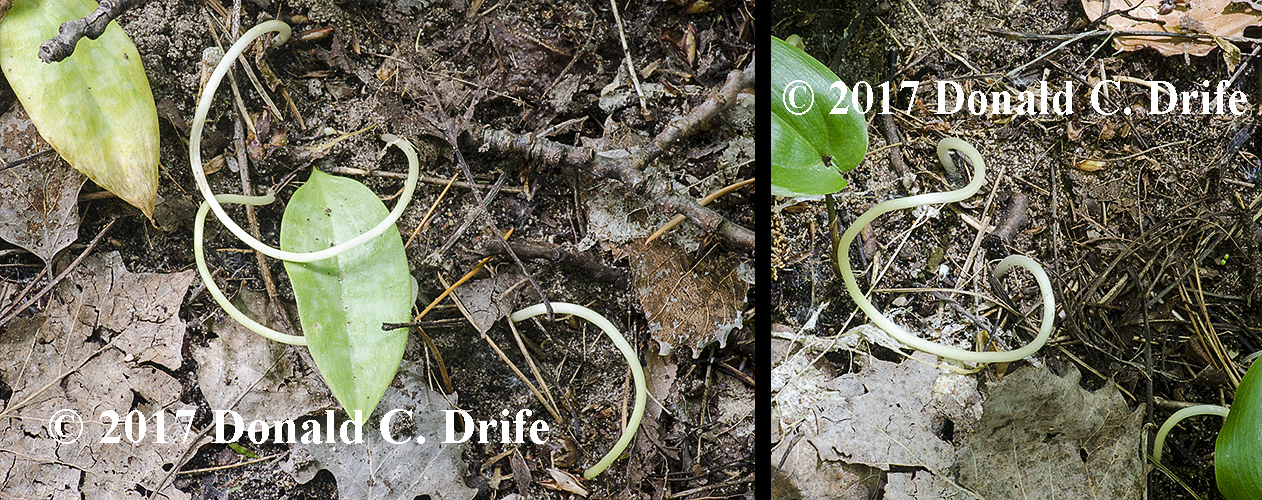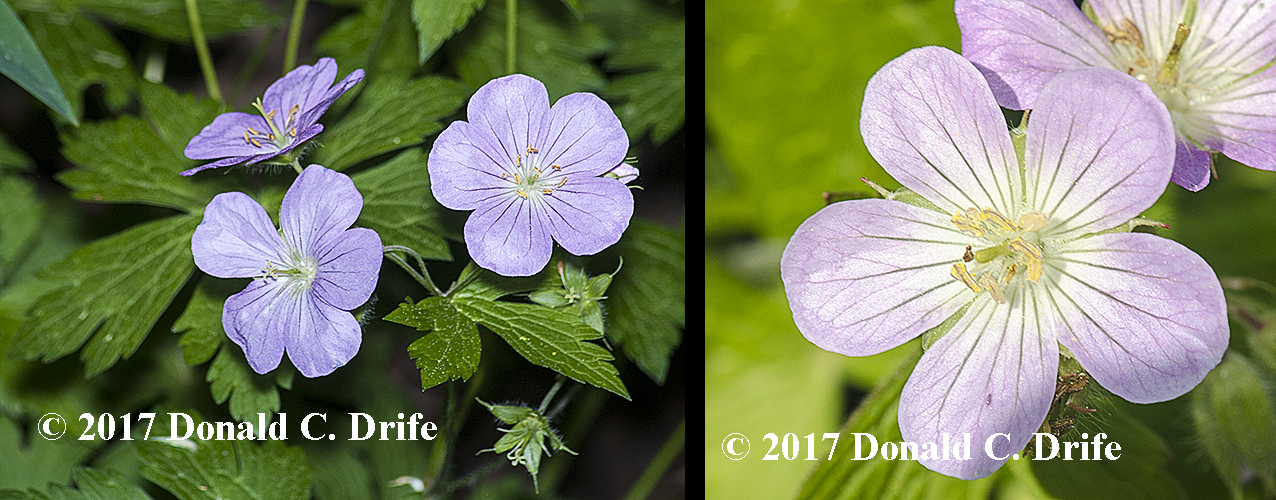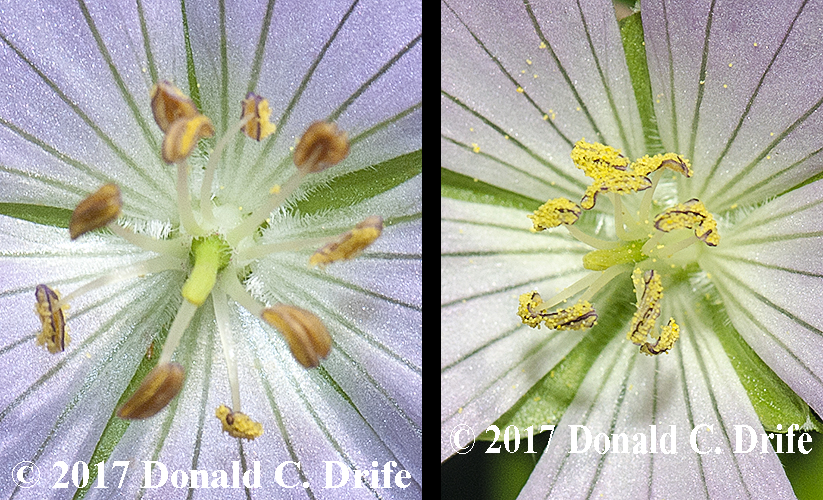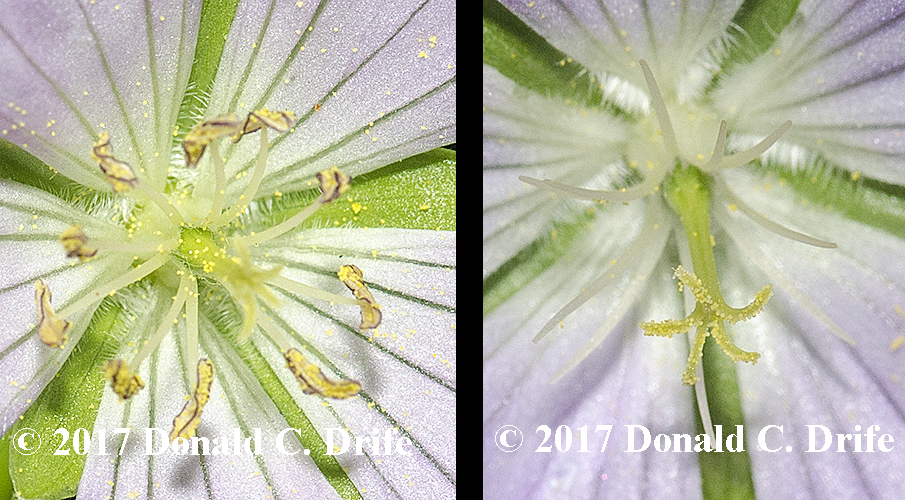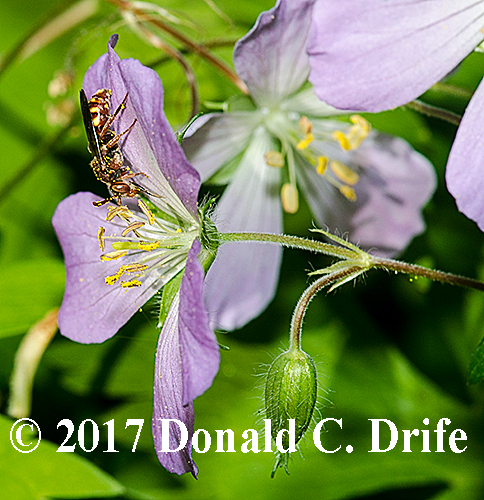Yellow Trout Lily (Erythronium americanum) is a common spring ephemeral in Michigan. Most colonies consist of some two-leaved flowering plants and numerous single leaved non-flowering plants. Many of the non-flowering plants are not seedlings but are produced via stolons. Stolons, from Latin stolo meaning shoot, twig, or branch, are runners that extend on top of the ground and then the tips burrow into the ground sometimes emerging again. New plants develop and root at these tips. Normally the stolons are covered by the duff, but areas with disturbed duff expose the coils of stolons. Plants in the colonies I examined had 0 to 3 stolons each. In a good year a single stolon produces up to four new plants. Look for the stolons in rich woods. They can be found even after the leaves have died down.
Copyright 2017 by Donald Drife
Webpage Michigan Nature Guy
Follow MichiganNatureGuy on Facebook

